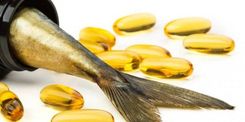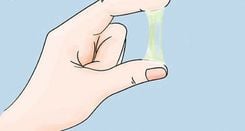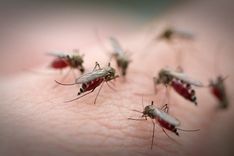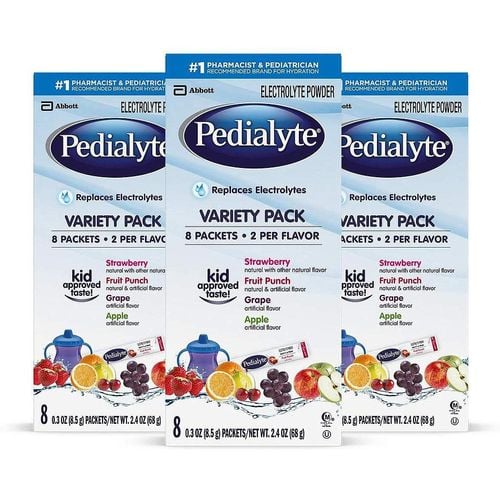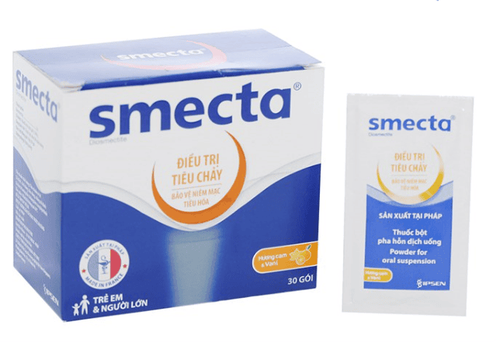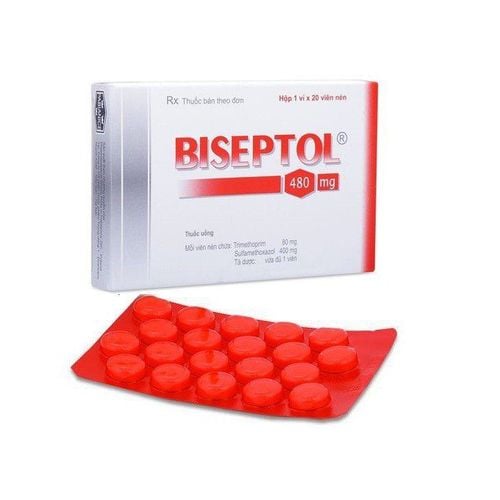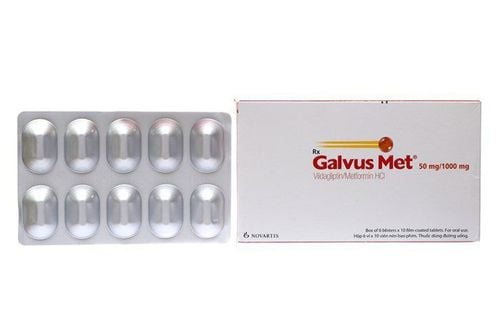In theory, the process from when treated water from the plant reaches the consumer must comply with strict safety standards and must not contain any harmful substances that pose health risks. However, in practice, abnormalities in clean water sources can still occur due to issues in the water treatment process, such as the recent water contamination incident in Hanoi. The most pressing concern now is how to identify safe drinking water and how to respond when clean water sources are polluted.
1. Pollutants in Clean Water Sources
Water sources can become contaminated in various ways, including:
- Containing microorganisms such as bacteria and parasites that infiltrate from human or animal waste;
- Being polluted with chemicals from industrial waste or pesticides and chemical fertilizers used in agriculture (nitrates from fertilizers can seep into water through soil runoff);
- Containing various minerals like lead or mercury, which can enter water sources from natural underground deposits or improper pollutant treatment processes.
The chemicals polluting clean water sources can affect everyone’s health, but certain groups are more severely impacted, including:
- Individuals undergoing chemotherapy;
- People with HIV;
- Organ transplant recipients;
- Children and infants;
- Pregnant women and their unborn babies.
2. Quality and Safety of Domestic Water Sources
2.1 Tap Water
Tap water must meet strict safety standards when it reaches consumers. Contaminants may still be present but typically do not pose any significant health risks. However, there are instances where water sources are not thoroughly treated, leading to the presence of harmful substances, such as the recent clean water incident in Hanoi.
Tap water contamination can result from upstream pollution that water treatment plants cannot completely eliminate, pipeline ruptures, or lead leaching from pipes. This is a significant concern because even pipes labeled as "lead-free" may contain up to 8% lead in their composition.
The best way to minimize lead exposure from tap water is to let the water run for about one minute before use. For drinking or cooking purposes, always use cold water from the tap, as hot water can cause lead to dissolve into the water more readily.
2.2 Well Water
Currently, well water is still widely used in daily activities by many households. The quality and safety of well water depend on the following factors:
- The construction structure of the well;
- The location of the well;
- The quality of the groundwater supplying the well;
- The infrastructure surrounding the well area;
- The method of maintaining the water source for the well.
These factors should be thoroughly discussed with experts before deciding to build a well. Additionally, during the use of well water, it is essential to regularly inspect the water quality and the well structure. If any abnormalities are detected, the causes should be investigated, and solutions should be implemented promptly.
2.3 Bottled Water
Bottled water is generally considered safe for health as it must comply with stringent regulations regarding water sources, allowable levels of chemicals, microorganisms, and radioactivity, as well as standards for production practices and labeling requirements.
However, in reality, about 25% of bottled water is simply treated tap water. So how can you tell if bottled water is truly natural mineral water or just a product of water filtration? Check the label on the bottle. If it mentions "groundwater," it is natural mineral water. On the other hand, other types are typically labeled as "purified water" or "distilled water."
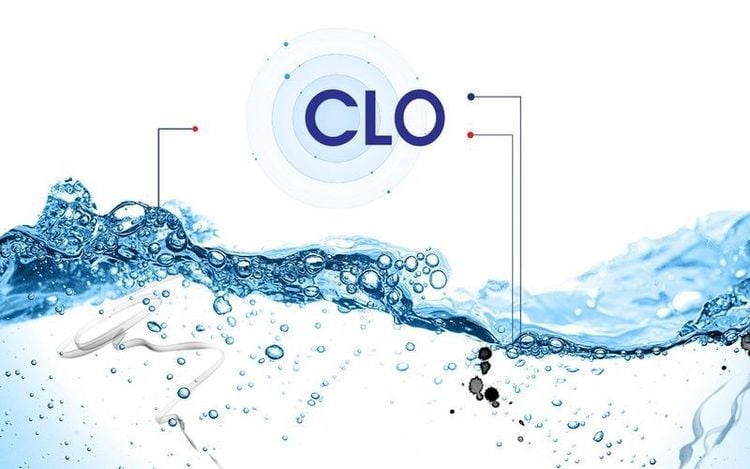
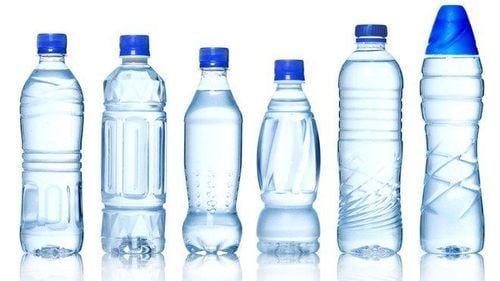
3. How Does Using Contaminated Water Affect Health?
The health effects of contaminated water depend on the type of contaminant. For example:
- Cryptosporidium: A single-celled parasite from the phylum Apicomplexa that sometimes appears in water sources. It causes gastrointestinal illnesses (primarily diarrhea) and may lead to fatal outcomes.
- Nitrate: It can pose an immediate threat to the health of infants. In the intestines, nitrate is converted into nitrite, which prevents blood from carrying oxygen.
- Lead: It can cause physical and mental developmental issues in infants and young children. Adults who consume lead-contaminated water over many years may suffer from kidney disease or high blood pressure.
4. Notes on Using Water Purifiers
In the context of contaminated clean water sources, many people tend to turn to water purifiers in an effort to find a safe drinking water source for themselves and their families. Below are four types of filtration mechanisms used in water purifiers that you can consider to choose a model that fits your needs:
- Using an activated carbon filter: This helps remove certain organic contaminants that affect the taste and odor of water. Some purifiers are also designed to eliminate chlorinated byproducts, solvents (highly dangerous chemical if ingested or inhaled), pesticides, or metals such as copper and lead.
- Using ion exchange technology: With activated alumina, this can remove minerals like calcium and magnesium that cause "hard water." This method is often combined with other filtration methods, such as carbon absorption or reverse osmosis.
- Using reverse osmosis technology: This can remove nitrates, sodium, pesticides, or petrochemical products.
- Using distillation technology: This involves boiling water and condensing the steam to produce distilled water.
However, it is important to note that no water purification system can remove all harmful substances at once. Therefore, you should thoroughly understand the characteristics of your household water supply (by sending a sample to a laboratory) to identify which harmful substances need to be removed. This will help you select a water purifier with suitable features.
Additionally, it is crucial to clean the filter regularly and properly, as over time, harmful substances can accumulate in the filter, making the quality of filtered water even worse than unfiltered water.
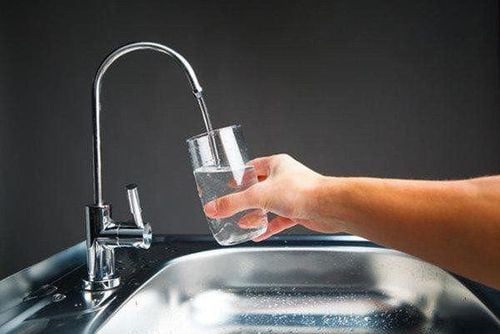
5. How to Assess Whether Drinking Water is Safe?
According to the Guidelines for Drinking-Water Quality provided by the U.S. National Center for Biotechnology Information (NCBI), the safety of drinking water can be evaluated based on the following factors: microbiological, chemical, radiological, and sensory characteristics.
5.1 Microbiological Factors
Humans face health risks when consuming drinking water contaminated with human and animal excreta.
Microorganisms in water that can cause disease include:
- Bacteria, viruses, protozoa, and helminths;
- Emerging pathogens such as Helicobacter pylori, Tsukamurella, Isospora belli, and microsporidia, for which waterborne transmission is plausible but not yet confirmed;
- Cyanobacteria.
Infectious diseases caused by bacteria, viruses, and parasites are the most common health impacts associated with drinking water. Specific agents include:
- Bacteria: Burkholderia, Campylobacter, Escherichia coli (E. coli), Shigella, and others.
- Viruses: Adenoviridae, Caliciviridae, Hepatitis E virus, Enteroviruses, Rotavirus, and more.
- Protozoa: Acanthamoeba, Cyclospora, Entamoeba, etc.
- Helminths: Dracunculus.
Some pathogens transmitted through contaminated clean water can lead to severe, life-threatening illnesses, such as typhoid, cholera, infectious hepatitis (caused by Hepatitis A or E viruses), bacterial dysentery (caused by Shigella), and others. Less severe diseases, such as self-limiting diarrhea, are also common.
The impact of these pathogens on humans varies across populations. Vulnerable groups—including children, the elderly, pregnant women, and immunocompromised individuals—are at higher risk of infection and more severe disease outcomes. Contaminated water can also be a source of outbreaks, such as cholera and dysentery epidemics.
5.2 Chemical Factors
As mentioned earlier, most health issues related to drinking water are caused by microorganisms. However, a significant number of severe health problems are also due to chemical contamination in drinking water.
Exposure to toxic chemicals in drinking water often does not cause immediate health effects, making it difficult to detect water quality issues in time for intervention. In such cases, regular testing and monitoring play a crucial role.
Some notable chemical contaminants in drinking water include: styrene, aluminum, ammonia, arsenic, benzene, acetic acid, chloral hydrate, chloride, chlorine, chromium, copper, lead, mercury, and others.
5.3 Radiological Factors
Drinking water may contain radioactive substances that pose risks to human health. These risks are generally smaller compared to those from microorganisms and chemical contaminants in drinking water. Except in extreme cases, the radiation dose from ingesting radionuclides in drinking water is much lower than the dose received from other sources. Contaminated water may contain radionuclides from natural or artificial origins:
- Natural radionuclides: These include potassium-40, radium-226, radium-228, uranium-234, uranium-238, and others. They are present in water due to natural absorption (e.g., leaching from soil) or industrial processes involving naturally occurring radioactive materials, such as mining and ore processing.
- Artificial radionuclides: These come from discharges from nuclear fuel production facilities or residual radioactivity released into the environment in the past.
Any exposure to radiation carries inherent risks. Long-term consumption of radioactive water has been linked to an increased risk of cancer.
5.4 Sensory Factors
When assessing the quality of clean water, users mostly rely on sensory perception. Sensory factors include color, odor, and taste. Clean water should not have odors or tastes that are unpleasant to most users. The color, odor, and taste of water can change due to chemical pollution (both inorganic and organic), biological decomposition, corrosion, or as a result of water treatment processes (e.g., chlorine odor). Additionally, unusual tastes or odors in clean water may indicate issues that have occurred during water treatment or distribution processes.
The color, odor, and taste of water are altered by the following factors:
Biologically derived pollutants, including:
- Actinomycetes and fungi: Cause unpleasant odors and tastes in drinking water;
- Cyanobacteria and algae: Cause water to become turbid;
- Visible invertebrates (e.g., snails, worms, water fleas, etc.) and microorganisms;
- Iron bacteria: A type of organism that, when combined with iron (manganese) and oxygen in water, forms rust-like deposits on tank and pipeline surfaces and results in sedimentation in water.
- Chemically derived pollutants include:
- Aluminum: Causes water discoloration or sedimentation;
- Ammonia: Produces a pungent odor;
- Chloramines: Affect the odor and taste of water;
- Chloride: At high concentrations, imparts a salty taste to drinking water;
- Chlorine: Causes a sharp, acrid odor
- Chlorobenzenes: Alter the odor and taste of water;
- Chlorophenol: Causes very slight changes in odor and taste;
- Copper: At high concentrations, leads to discoloration and imparts a bitter taste;
- Ethylbenzene: Produces a sweet aroma;
- Water hardness: Hard water often leaves scale deposits in kettles, reduces soap lathering, etc.;
- Hydrogen sulfide: Has a rotten egg smell;
- Manganese: Causes unpleasant odors and tastes in drinking water, stains clothes, and creates a black sediment layer in pipelines;
- Styrene: Imparts a slightly sweet taste;
- Zinc: At concentrations exceeding 3–5 mg/L, causes water to appear milky and forms an oily film on the water surface when boiled.
Regarding color:
Safe drinking water must be colorless. The color of water is often caused by the presence of colored organic substances (mainly humic and fulvic acids) in soil humus or by the presence of iron and other metals. It can also result from water source pollution caused by industrial wastewater, which is a very serious issue. Most people can visually detect water color at levels above 15 TCU (True Color Units), while water with a TCU level below 15 is generally still acceptable to users.
Regarding turbidity:
The turbidity of water is measured in NTU (Nephelometric Turbidity Units) and is caused by suspended particles (such as clay and sand), chemical precipitates, organic debris, and microorganisms. Turbidity levels below 4 NTU can only be detected with specialized equipment, while levels of 4 NTU or higher make the water appear cloudy, resembling milky white, muddy, reddish-brown, or black colors. Clean water can become turbid due to poor-quality source water, inadequate water treatment, or issues during distribution, such as contamination from dirty water entering through damaged pipes. High turbidity in water can stain clothes and lead to other undesirable effects.
How to treat water with unusual color, odor, and taste:
Sensory issues in water can be addressed using conventional cleaning methods such as sedimentation or chlorination. For more advanced treatment, techniques like aeration, granular or powdered activated carbon, and ozonation can be used to effectively remove organic and inorganic chemicals. Specifically: Manganese can be removed by chlorination followed by filtration; Hydrogen sulfide can be removed through aeration, activated carbon, and oxidation; Ammonia can be eliminated through biological nitrification; Water hardness can be reduced via precipitation softening and cation exchange. Other inorganic substances that cause changes in odor and taste, such as chlorides and sulfates, are often difficult to remedy.
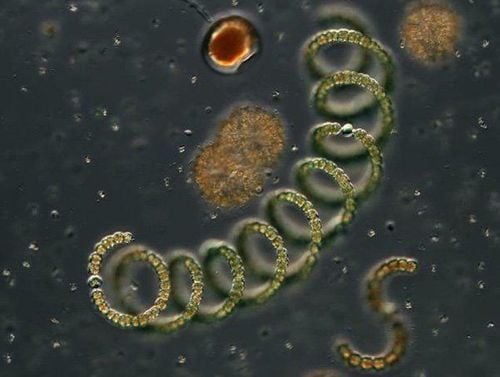
To arrange an appointment, please call HOTLINE or make your reservation directly HERE. You may also download the MyVinmec app to schedule appointments faster and manage your reservations more conveniently.

